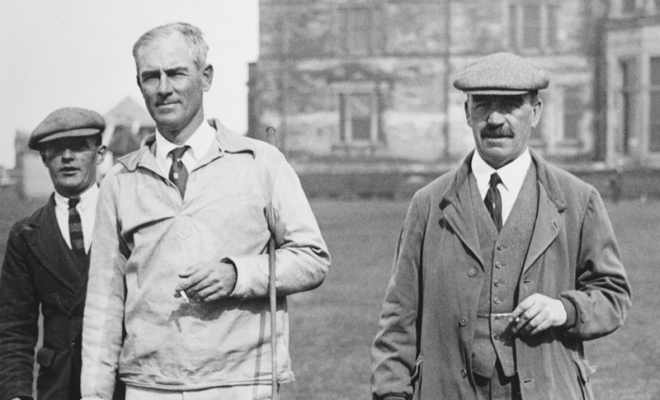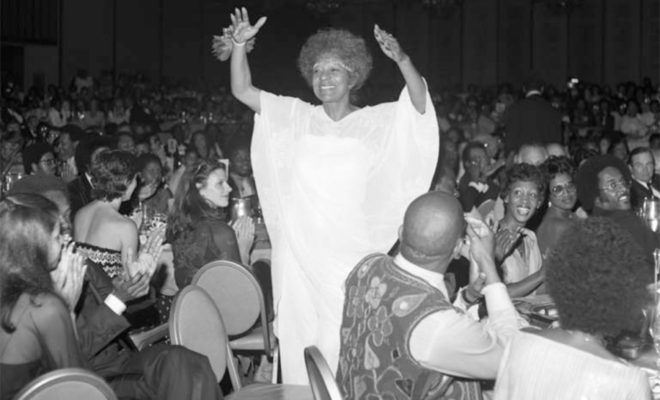Max Behr

The Complicated Genius Who Designed Lakeside, Oakmont and Rancho Santa Fe
In the Roaring Twenties, the Southern California golf community crackled with larger-than-life characters. High on that list was Max Behr. Not terribly well remembered, Behr earned his spot in the Southern California Golf Hall of Fame in 2023 for his prowess as a golf course architect.
His standout Golden Age layouts included the Lakeside GC, Oakmont CC and Rancho Santa Fe GC. Make no mistake, Max Behr’s designs radiated originality and brilliance. His impact on golf, however, extended far beyond plotting golf holes. Competitor, writer, editor, gadfly, rules expert, architect: Max Behr was golf’s eccentric genius.
Born into a life of privilege in 1884, Behr grew up in New York and New Jersey, immersed in golf. He played for Yale and soon ascended to become one of America’s top amateurs, capped by a runner-up finish at the 1908 U.S. Amateur. Yet he left his mark in golf not as a player, but as a journalist and architect.
“Behr’s amateur career introduced him to nearly every significant golfer in America and Britain, connections that would come in handy when he moved away from competition and became the founder and editor of Golf Illustrated magazine in 1914,” wrote historian Geoff Shackelford. “A.W. Tillinghast became a frequent contributor on course design. Behr kept his monthly editorials and ‘Casual Comment’ page focused on rules debates…”

Rancho Santa Fe GC
However, his plummeting stature in Eastern Establishment circles due to his outspoken ways and withering criticism of USGA policies prompted Behr to depart for Los Angeles late in 1920. Out West, he found a home at Wilshire, began playing in local tournaments and continued writing for a variety of publications.
BEHR DESIGNS
Hailed in 1921 by Southern California media for his architecture knowledge, Behr crafted Montecito CC in 1922, revised nine and added nine at the Victoria Club in 1923 and produced the original nine holes at The Saticoy Club in 1923, then known as Ventura County CC. On June 14, 1924, the first nine holes for Oakmont debuted and one week later, the Long Beach Press reported on his progress for the Long Beach CC.
With the opening of Lakeside in 1925, Behr had composed his masterpiece. An enthusiastic admirer of the Old Course at St Andrews, Behr conceived a linksy layout with ample fairway width, few bunkers and minimal rough. He promoted creativity and strategic play, where golfers had choices on how much risk to take on and whether to fly it or run it on the
approach. With pockets of natural sand and holes that skirted and played over the Los Angeles River, Behr delivered one of the region’s — and nation’s — greatest courses.
Post-Lakeside, he performed bunker alterations at Brentwood in 1925, a redesign at Annandale in 1926 and a new build, Westwood Public GC, in 1927. He opened Montebello in 1928,another public project.
Behr’s final masterwork was Rancho Santa Fe GC, which debuted in June 1929. As with Lakeside, Behr’s design credo focused on permitting the average golfer, even the beginner, to enjoy his round without constantly being in trouble and at the same time offering the expert a serious and exciting test of golf.
“Not a single hazard has been constructed with the idea of penalizing errors of skill, such as a top, pull or slice,” Behr said of his Rancho Santa Fe design. “On the contrary, the hazards are located with the sole object of defending the hole, and the golfer who fails to knock down their defense must naturally suffer. But he who is unable to positively attack the strategy of the hazards has always an optimal safe way of playing.”
A COMPLICATED LEGACY
After 1930, Behr’s life veered in strange directions. Unable to find design work in the depths of the Depression, he drifted into railing against perceived enemies and promoting personal causes. He last surfaced at the USGA Annual Meeting in 1937 in Portland, Ore., where, after a 15-year campaign, he proposed a resolution to mandate the use of the “floater,” a standard-size, lighter golf ball that would float in water.

Lakeside GC
Golf architecture expert Ron Whitten reported on Behr’s outspokenness on politics and religion and pointed out that late in life, Behr developed his own religion based on his interpretation of numbers, although he disavowed any connection with numerology, to which he was opposed.
Behr died in 1955. He fully deserved the label “genius” for his revolutionary design philosophy. Had he been given more opportunities through the 1920s and beyond, it’s plausible that he would have not only equaled George C. Thomas for supremacy in Southern California architecture but would have made the short list of Golden Age giants.
Ultimately, however, Behr’s efforts would resonate with two influential figures, Alister MacKenzie and Bobby Jones, who took what they saw and learned at Lakeside when they designed Augusta National. That is a legacy that will resonate forever.











